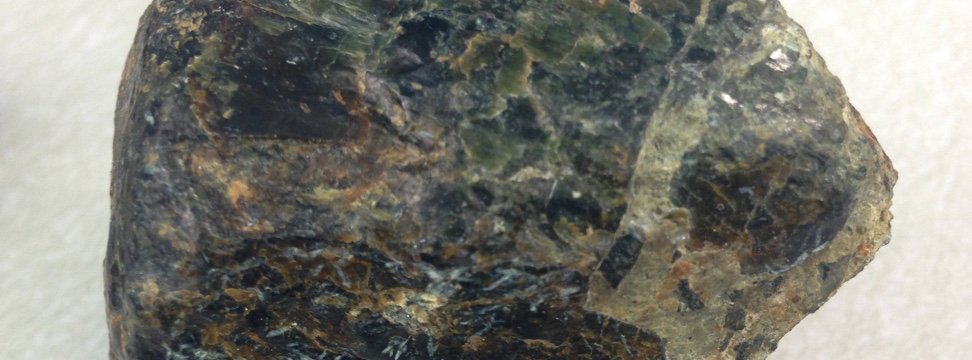
Nov. 4, 2021
Program News
Multi-Year Study of Extremophiles in a Subsurface Aquifer

Image of a serpentine rock.Image credit: Matt Schrenk.
Researchers supported by the NASA Astrobiology Program have spent the past decade studying life that survives below the Earth’s surface in a highly alkaline aquifer in California. Their research, led by Matt Schrenk at Michigan State University, provides insight into the mechanisms that life as we know it could use to survive in similar environments on other worlds.
Recent graduates of Schrenk’s lab, Lindsay Putman and Mary Sabuda, have published papers concerning findings from the field site near California’s Lower Lake. The first study, published in the journal mSystems, is the result of sampling efforts over multiple years, and provides a long-term study of subsurface microbial ecology at the site. The results show that the composition of microbial communities is affected by both environmental stress (e.g. extremely high pH conditions) and aspects of the physical environment (such as low permeability of materials leading to extremely slow water movement). The second study, published in the journal JGR Biogeosciences, provides data on the biogeochemical gradients at multiple depths in the well.
Click here to read the press release concerning this research from Michigan State University.